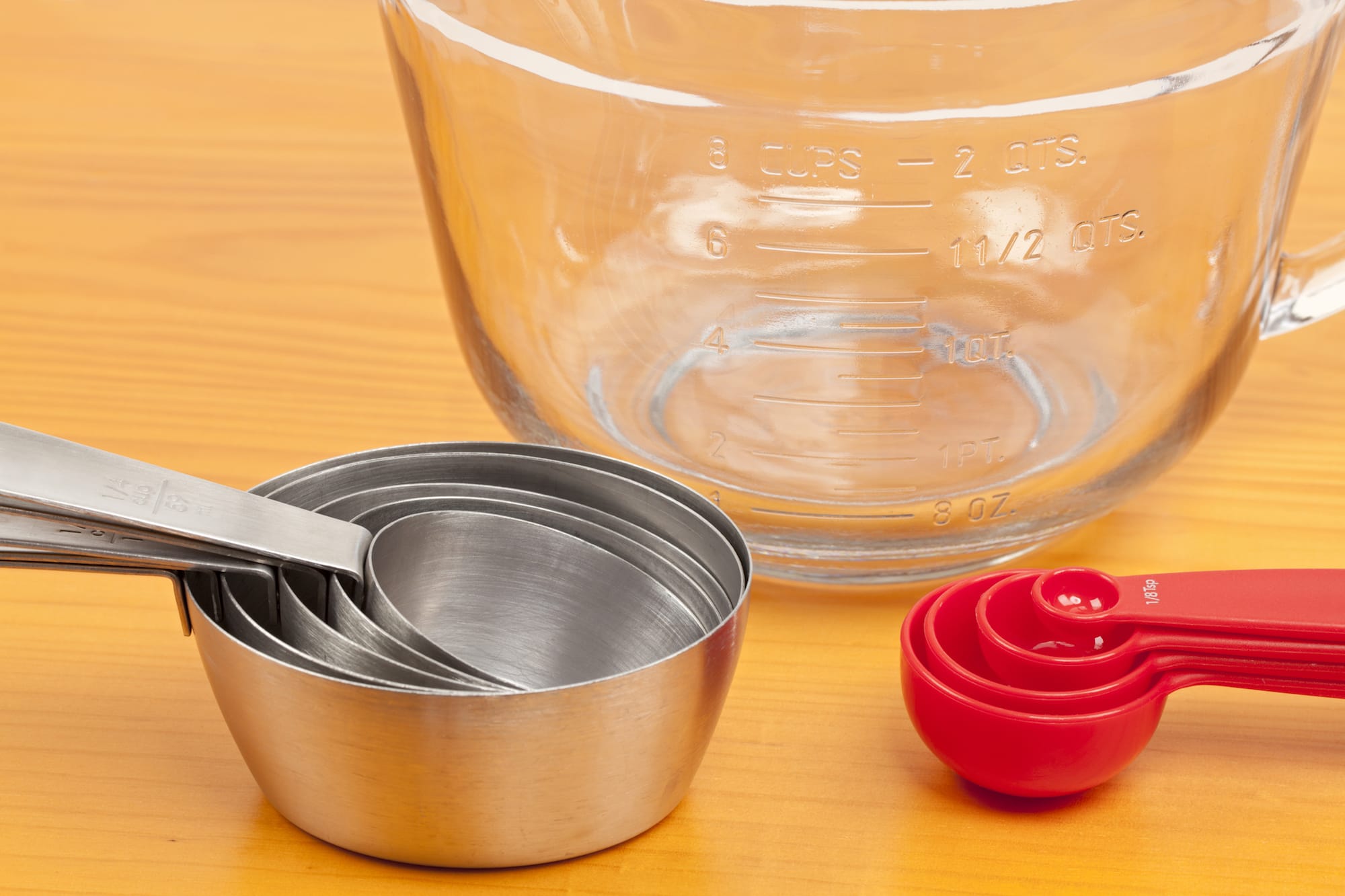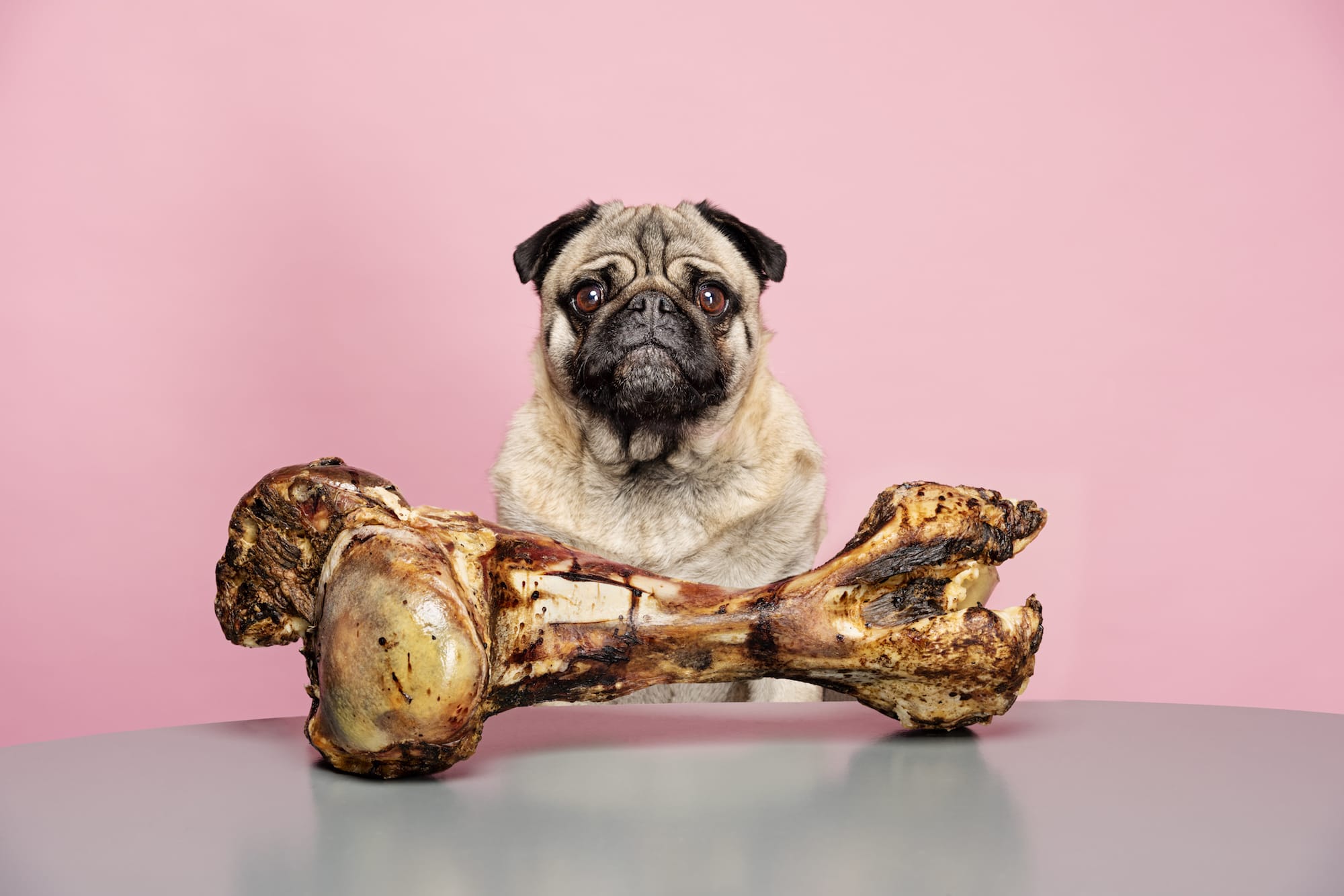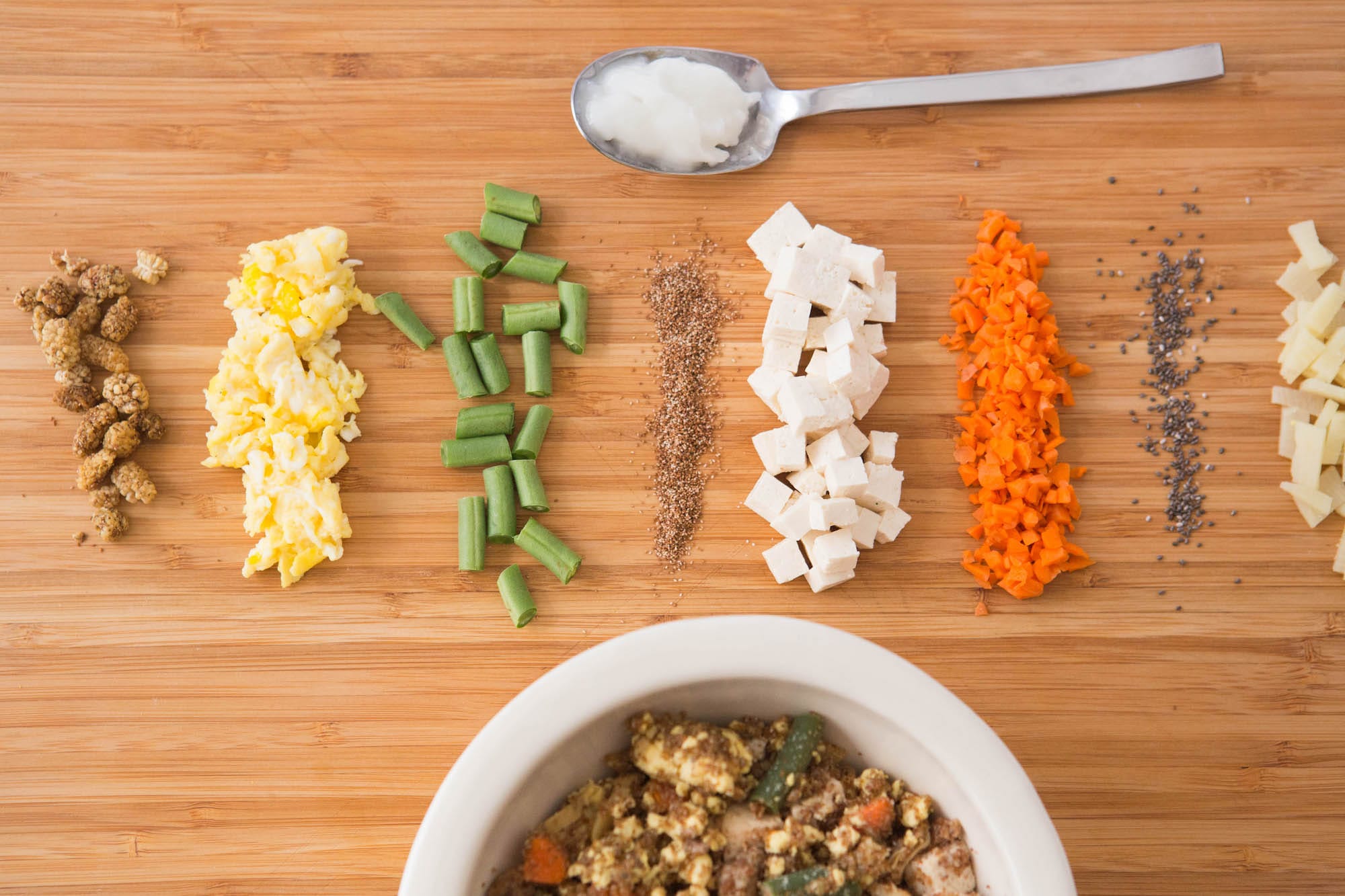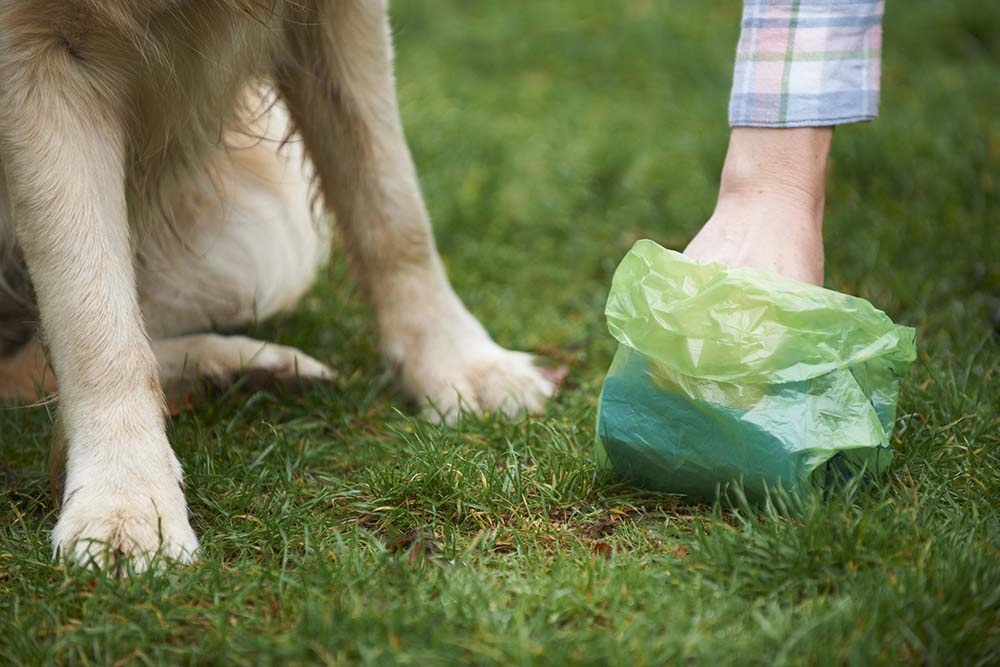Learn : Dog Nutrition Basics
What Does a Balanced Diet for Dogs Include?
It might surprise you to learn that many of your dog’s nutritional needs mirror your own. Your dog benefits from fresh, whole, and high-quality ingredients that are easily digestible and packed with nutritional value. Each component of your dog’s diet serves a specific purpose, and in combination, allow your dog to live a healthy, active life.
It is important to remember that your pet’s nutritional needs change over time. Age, health status, and activity level dictate your dog’s specific dietary balance. Puppies require different diets than senior dogs, and overweight pets may benefit from a dietary change. However, dogs do have consistent, common needs regardless of age or lifestyle.
A High-Quality Meat Source
Meat is crucial to your dog’s overall health for a myriad of reasons. A reliable way to ensure that your pet is gleaning all he can from the meat in his diet is to feed a high-quality meat source. High-quality meat sources like muscle meats are highly digestible and serve as excellent sources of protein, a crucial aspect of your dog’s diet.
Protein
Protein facilitates many of your dog’s bodily functions and is incredibly important to his overall health and well-being. In fact, your pet cannot survive without it. The protein found in your dog’s diet contains 10 essential amino acids that he is unable to produce on his own.
One of the most important functions of protein is in cell production, maintenance, and repair; your dog needs protein in his diet for the most basic of bodily functions. Protein breaks down into amino acids, some of which can contribute to the production of glucose, which your pet uses for energy. While your dog can be given a very high protein diet, at a certain point, those extra amino acids are just used for fuel. Meat also plays a role in your dog’s coat; up to 30% of the protein your dog consumes is used for maintenance of fur.
Fresh Fruits and Vegetables
Fruits and vegetables are an important staple in your dog's daily meals, as they are a key source of vitamins, minerals, and nonessential phytonutrients that can confer health benefits. Some of the more common, healthy examples include apples, carrots, and spinach. Vitamins are organic substances that facilitate growth and maintenance of your pet.
Vitamin A promotes healthy vision, immune, and cell function. Vitamin C works as an antioxidant, keeping your pet healthy and sharp; it can be both made by your pet and absorbed from the diet. Vitamin D is important for bone and muscle health, while Vitamin E protects against oxidative damage. The B vitamins serve many critical functions, ranging from nervous system development to energy and metabolism. The combination of vitamins in your pet’s food all contribute to his ability to perform at his peak functionality and energy level.
There are over 18 minerals your dog needs in order to maintain a healthy lifestyle, but seven of them are needed in a more significant quantity. Every mineral contributes to cell function, but each also plays a more specific role in your pet’s overall health.
Vitamins and minerals work together to keep your pet’s body working the way it should. A diet that includes fresh fruits and vegetables packed with these nutrients can promote a healthier and more active lifestyle for your pet.
Healthy Fats
Fats often carry a negative connotation, especially with the growing prevalence of obesity in humans and pets. However, healthy fats are a critical part of your dog’s growth and development. They are also appealing to your pet, as they improve the scent and taste of their food.
Healthy fats are an important source of energy in your pet’s diet. In fact, they carry twice the amount of energy as carbohydrates and proteins. If your dog gets more energy than they use on a daily basis, you may begin to see it reflected in weight gain. An appropriate amount of fat in combination with exercise promotes a healthier pet.
Fats work with other nutrients to keep your pet in tip-top shape. They help your dog absorb certain vitamins called fat-soluble vitamins, including vitamins A, D, E, and K. These vitamins are crucial for cell function and body maintenance. Healthy fats also work with proteins to keep your pet’s coat shiny and soft.
A proper balance of omega-3 and omega-6 fatty acids is necessary for a healthy coat and everything underneath, including maintenance of normal inflammatory balance. Fish oils are an excellent source of omega-3 fatty acids, while many other meats provide plenty of omega-6.
Choosing healthy fats, that contain an appropriate balance of fatty acids, helps your pet stay trim and energetic. The amount of fat in your dog’s diet should also be dependent on their size, age, and lifestyle.
How Does a Fresh Diet Meet My Dog’s Needs?
Ultimately, your dog’s bowl should contain a healthy mix of fresh ingredients that fulfill his individual nutritional needs. This means that his diet caters to his energy level, age, and other specific health requirements. It may be a good idea to talk to your vet about your pet’s individual needs, especially if he suffers from a chronic health issue.
Choosing fresh ingredients improves your dog’s ability to process the nutrients he is eating, often resulting in smaller feeding amounts and smaller stools. A dog’s diet is reflected in their behavior. A pet that is eating a balanced diet often has a healthier coat and fewer health issues.
Each dog needs plenty of protein, easily processed from a high-quality meat source, like muscle tissue. Your pet can also benefit from fruits, vegetables, and healthy fats for body maintenance. The combination of these creates what every pet parent is looking for: a balanced diet for their pet



 Determining Dog Food Portion Size
Determining Dog Food Portion Size
 Are Dogs Carnivores?
Are Dogs Carnivores?
 Understanding Dog Food Nutrients
Understanding Dog Food Nutrients
 What is Your Dog’s Poo Telling You?
What is Your Dog’s Poo Telling You?